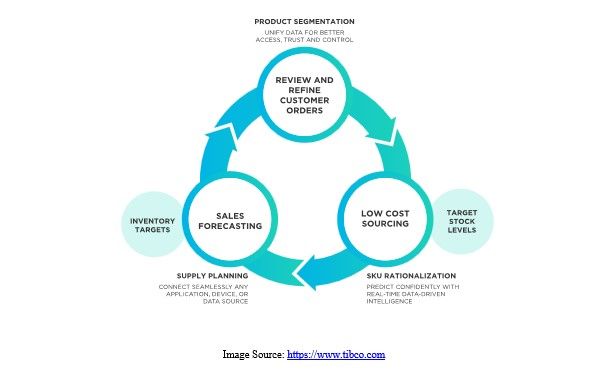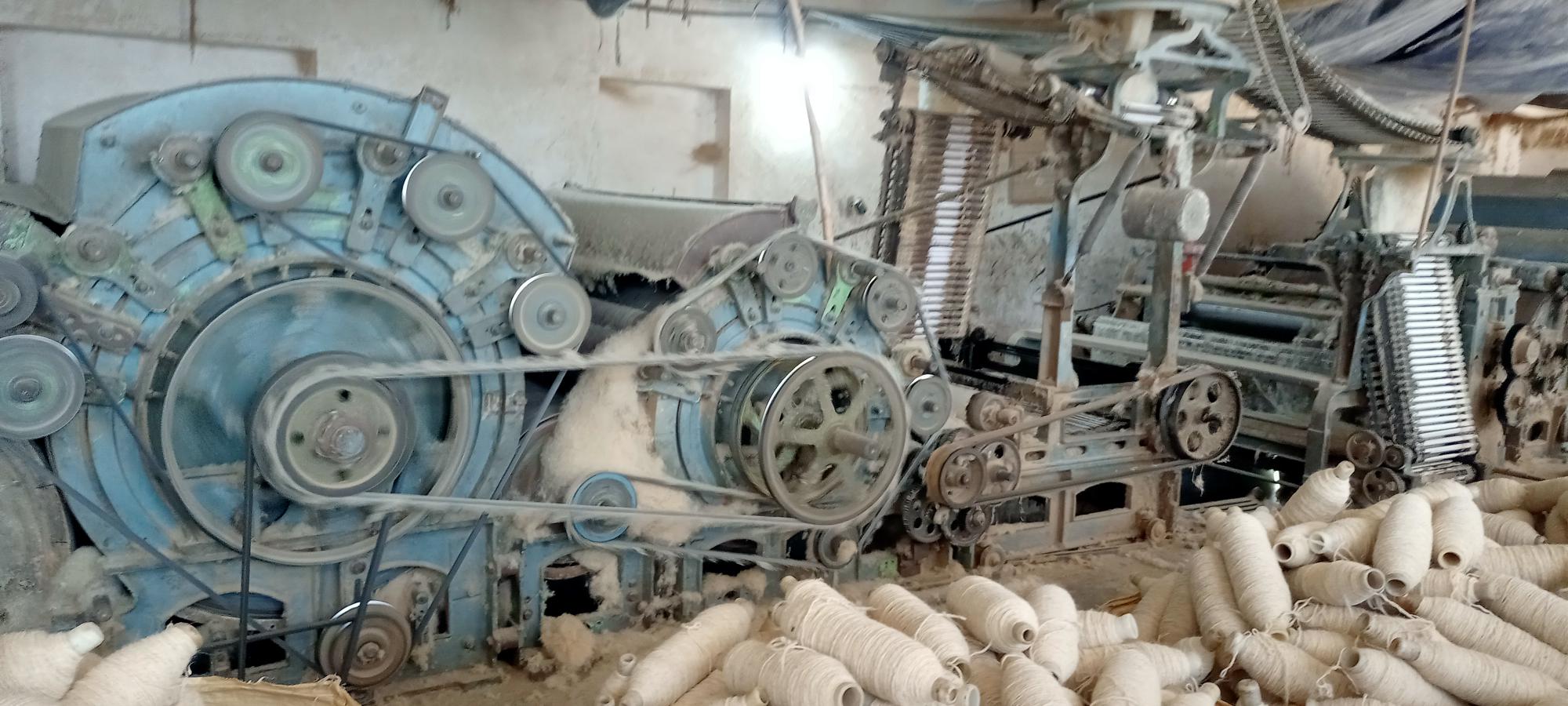Introduction
Efficient inventory management is essential for the success and profitability of any business. Optimizing your inventory levels ensures that you have the right products available at the right time, minimizing holding costs, reducing stockouts, and enhancing customer satisfaction. In this blog, we will explore key tips to help you optimize your business inventory and streamline your operations for greater efficiency.
According to a study by the IHL group, the cost of inventory disfigurement ( the combined costs of out of stocks and overstocks), worldwide has grown to over $1.9 trillion USD in 2022, a 12.7% increase since 2020. This directly impacts the growth of the business if having Excessive inventory or too low inventory.
-
Accurate Demand Forecasting Accurate demand forecasting is the cornerstone of effective inventory optimization. Analyse historical sales data, market trends, and customer insights to anticipate demand fluctuations. Leverage forecasting techniques such as moving averages, seasonality analysis, and predictive modelling to develop accurate demand forecasts. This enables you to align your inventory levels with expected customer demand, reducing the risk of overstocking or stockouts.
-
Implement Just-in-Time (JIT) Inventory Management Just-in-Time (JIT) inventory management is a strategy that aims to minimize inventory levels by receiving goods from suppliers just in time for production or customer demand. By synchronizing your supply chain processes and reducing lead times, you can optimize inventory levels and improve cash flow. Collaborate closely with suppliers, implement efficient order processing systems, and leverage technology to enable real-time communication and ensure timely deliveries.
-
Categorize and Prioritize Inventory Segmenting and categorizing your inventory helps you prioritize items based on their demand patterns, value, and criticality. Use techniques such as ABC analysis to identify high-value, fast-moving items that require closer attention. Allocate more resources and focus on managing these critical items while adopting a leaner approach for low-value, slow-moving items. This ensures that you invest your time and resources where they have the most significant impact on profitability.
-
Embrace Technology Solutions Leverage technology solutions to streamline your inventory management processes. Implement inventory management systems and software that provide real-time visibility into inventory levels, automate order processing, and enable efficient tracking and monitoring. Barcode scanning, RFID technology, and automated data collection can enhance accuracy, reduce manual errors, and improve overall operational efficiency.
-
Optimize Reorder Points and Safety Stock Levels Determine optimal reorder points and safety stock levels to maintain a balance between stock availability and holding costs. Reorder points should be set based on lead times, demand variability, and desired service levels. Safety stock acts as a buffer to account for uncertainties in demand and supply. Analyse historical data, demand patterns, and supplier reliability to establish appropriate safety stock levels that ensure a high level of customer service while minimizing excessive inventory costs
-
Monitor Key Performance Indicators (KPIs) Regularly monitor key performance indicators (KPIs) related to your inventory management. Track metrics such as inventory turnover ratio, fill rate, stockout rate, carrying costs, and order cycle time. Continuously analyze and benchmark these metrics to identify areas for improvement and implement corrective actions. By proactively managing your inventory KPIs, you can make data-driven decisions, optimize your inventory levels, and enhance overall operational performance.
Conclusion
Optimizing your business inventory is crucial for achieving operational efficiency, reducing costs, and satisfying customer demand. By implementing accurate demand forecasting, embracing JIT inventory management, categorizing inventory, leveraging technology solutions, optimizing reorder points and safety stock levels, and monitoring key performance indicators, you can streamline your inventory processes and enhance your business's overall profitability. Take a proactive approach to inventory optimization, and you'll be better positioned to meet customer expectations, reduce holding costs, and gain a competitive edge in the market.





